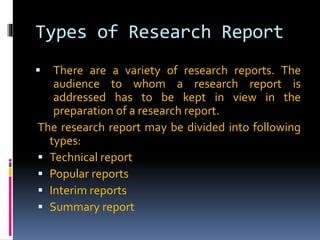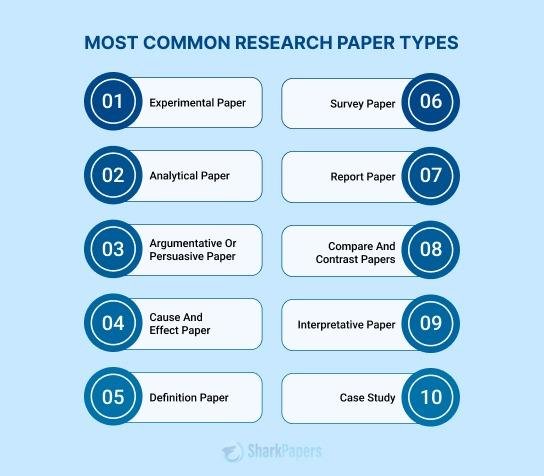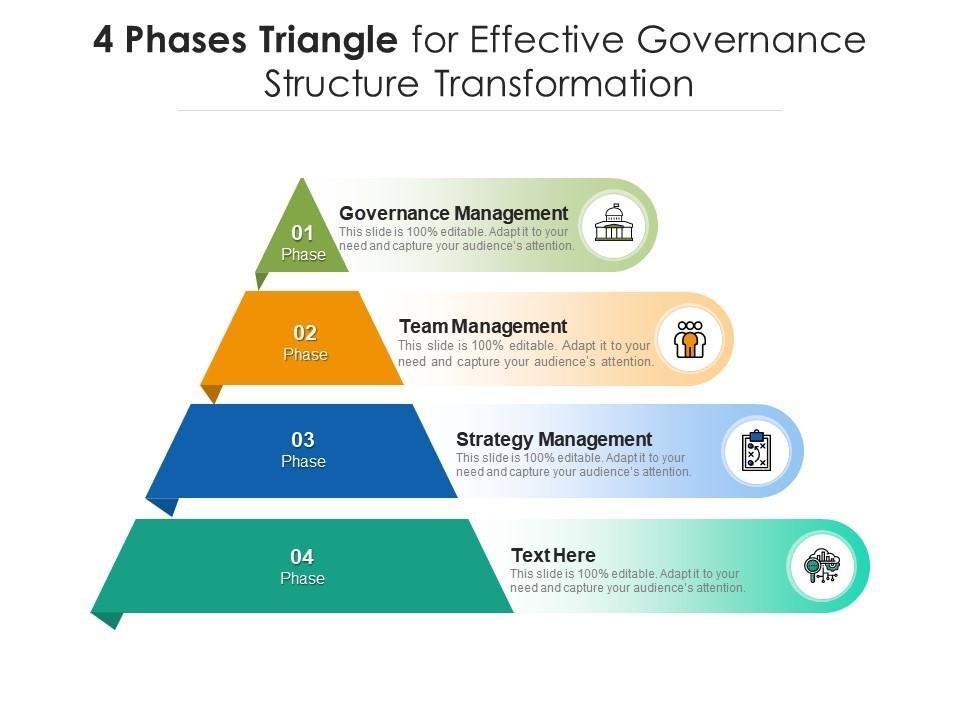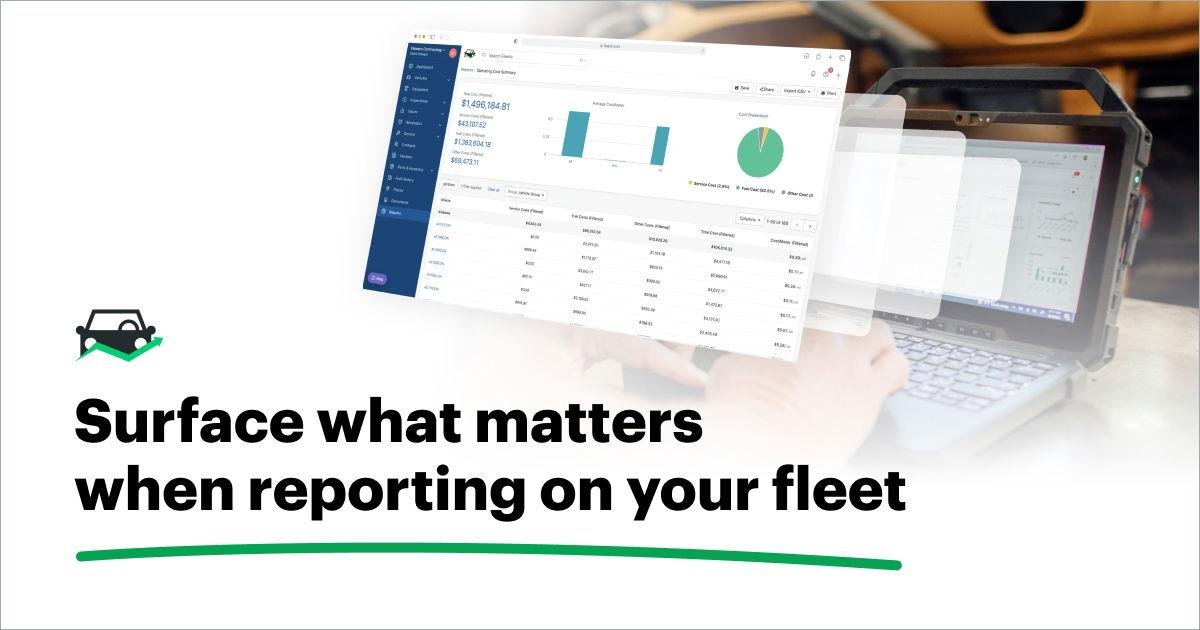research report types

In the vast landscape of academia and professional inquiry, research reports stand as vital beacons of knowledge, illuminating paths toward understanding complex phenomena. Just as an artist selects a canvas to express their vision, researchers choose from a variety of report types to convey their findings, each tailored to the nuances of their inquiry and the needs of their audience. From the succinct clarity of executive summaries to the intricate details of comprehensive dissertations, understanding the diverse array of research report types is essential for scholars, practitioners, and decision-makers alike. In this article, we will delve into the distinctive characteristics and purposes of various research report formats, revealing how each serves as a unique vessel of insight in the ever-evolving quest for knowledge. Join us on this exploration, as we decipher the language of research reports and uncover the essential roles they play in the continued advancement of human understanding.
Understanding the Landscape of Research Report Types
Research reports come in various forms, each serving specific purposes tailored to the audience they address. Primary research reports are foundational documents that present original findings, typically gathered through experiments, surveys, or interviews. In contrast, secondary research reports compile and analyze existing data from various sources, allowing researchers to draw new conclusions from previously published work. Additionally, technical reports focus on detailed descriptions of experimental methods and procedures, often used in scientific and engineering contexts. Each type plays a crucial role in disseminating knowledge and supporting informed decision-making.
Understanding these distinctions aids in selecting the appropriate format for presenting research findings. Some key types include:
- Exploratory Reports: Investigate new areas or issues without preconceived hypotheses.
- Analytical Reports: Evaluate information to provide recommendations or solutions.
- Progress Reports: Inform stakeholders about the status of ongoing research projects.
- Case Studies: In-depth analysis of specific instances or phenomena.
| Type of Report | Characteristics |
|---|---|
| Primary Research | Original data collection and analysis. |
| Secondary Research | Analysis of existing data and literature. |
| Technical Report | Detailed procedural documentation. |
| Progress Report | Updates on ongoing research activities. |

Key Characteristics and Purposes of Different Reports
Research reports can vary greatly in form and function, tailored to meet the specific needs of various audiences. Qualitative research reports typically focus on in-depth analysis through interviews and assessments, offering detailed insights into human behavior and social phenomena. These reports are generally summarized in about 2,500 words, effectively communicating the essence of the study while excluding supplementary materials like tables and references [1]. On the other hand, quantitative reports emphasize numerical data and statistical analysis, often involving larger sample sizes to support generalizable claims. These formats are crucial in fields such as medicine and social sciences, where precise metrics fuel evidence-based practices.
Another significant type of report is the technical report, which comprehensively details research methods and technical findings, often used in engineering and applied sciences. These reports prioritize clarity and precision, focusing on replicability and validation [2]. Additionally, policy reports are designed to inform decision-makers about specific issues and recommend actions based on research findings. They typically synthesize complex information into actionable insights, making them invaluable for participants in governance and public affairs. Each report type serves its unique purpose, catering to the diverse needs of stakeholders and the specific contexts of the research conducted.

Effective Structuring for Clarity and Impact
When crafting a research report, the structure plays a vital role in conveying ideas effectively. Each section serves a specific purpose, and adhering to a logical flow can significantly enhance the reader’s understanding. Key components include the Introduction, which outlines the research question and objectives; the Method, detailing how the research was conducted; the Results, presenting data clearly; and the Discussion, where interpretations and implications are explored. By clearly defining each section’s purpose and keeping the language concise, the report maintains clarity and impact.
Utilizing visuals such as tables and figures can further elevate the structure of a research report. Tables allow for quick comparisons of data, while figures can illustrate trends or patterns effectively. Below is a simple example of a table structure that might be used in the results section:
| Variable | Value 1 | Value 2 |
|---|---|---|
| Sample Size | 50 | 100 |
| Mean Score | 75 | 82 |
| Standard Deviation | 10 | 15 |
In addition to text and tables, consider employing bullet points for presenting lists or summarizing findings succinctly. The deliberate organization of content encourages engagement and helps the audience follow the narrative of your research effectively.

Best Practices for Tailoring Reports to Audience Needs
Understanding the needs of your audience is paramount in creating effective research reports. Tailoring your content not only enhances readability but also ensures that the essential findings resonate with the reader. Start by identifying key demographics, such as their level of expertise, interests, and preferred data presentation formats. Different stakeholders may prefer varied styles; for instance, executives might favor concise summaries with actionable insights, whereas researchers may look for detailed methodologies and data analysis. To better engage your audience, consider utilizing elements like:
- Visuals: Graphs, charts, and infographics can illustrate complex data succinctly.
- Summaries: Short executive summaries that highlight key takeaways.
- Tailored content: Modifying language and terminologies to suit the audience’s familiarity with the subject.
Moreover, utilizing a formatted table to present quantitative data can enrich the report’s clarity. Below is an example of how to showcase essential findings effectively:
| Finding | Impact Level | Recommendation |
|---|---|---|
| Increased user engagement | High | Leverage more interactive content |
| Drop in retention rates | Medium | Implement follow-up strategies |
| Positive feedback on usability | High | Continue current design approach |
To Wrap It Up
As we draw the curtain on our exploration of research report types, it’s clear that the landscape of research communication is as diverse as the topics it seeks to illuminate. From the concise clarity of executive summaries to the intricate details of comprehensive technical reports, each format serves a unique purpose and audience. Understanding these distinctions not only equips researchers with the tools to convey their findings effectively but also empowers readers to navigate and appreciate the wealth of information available. As we continue to delve deeper into the realms of inquiry, may we always remember that the manner in which we present our discoveries is just as vital as the discoveries themselves. Whether you are drafting your first report or refining your approach to documentation, embracing the varied report types will undoubtedly enhance the impact of your work in the ever-evolving dialogue of knowledge.




